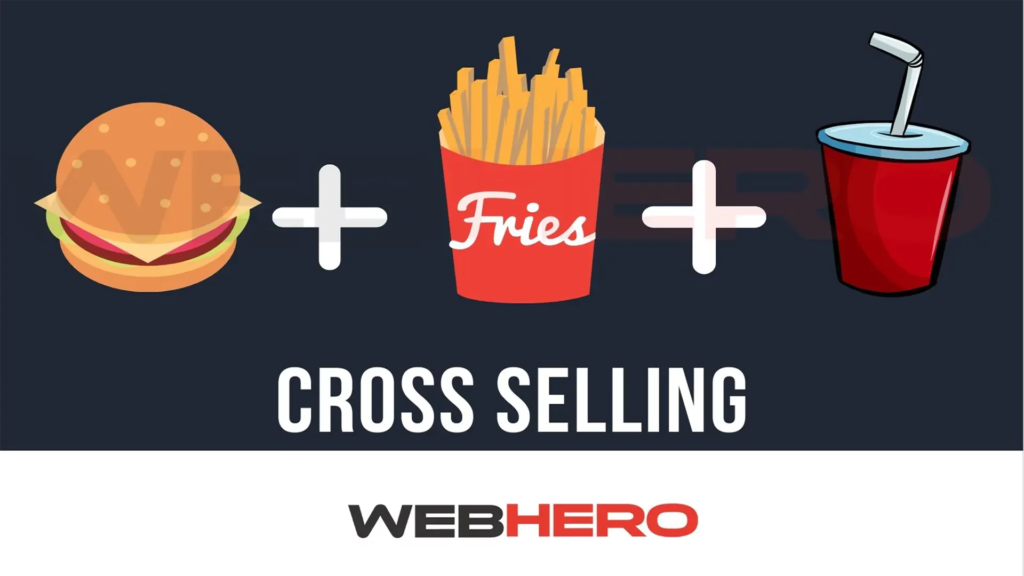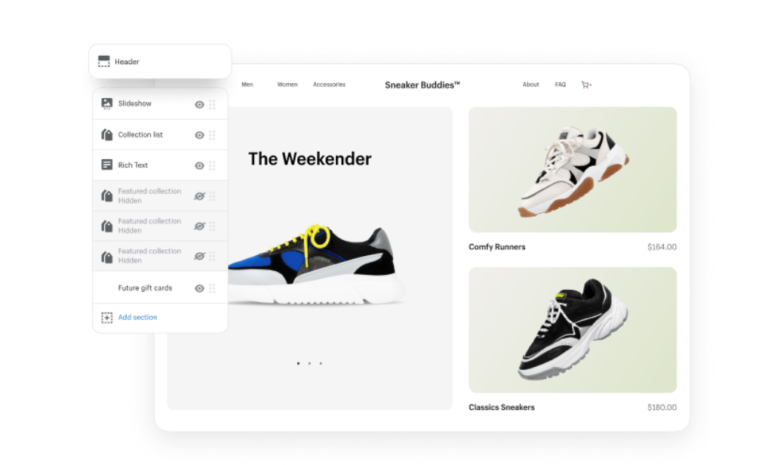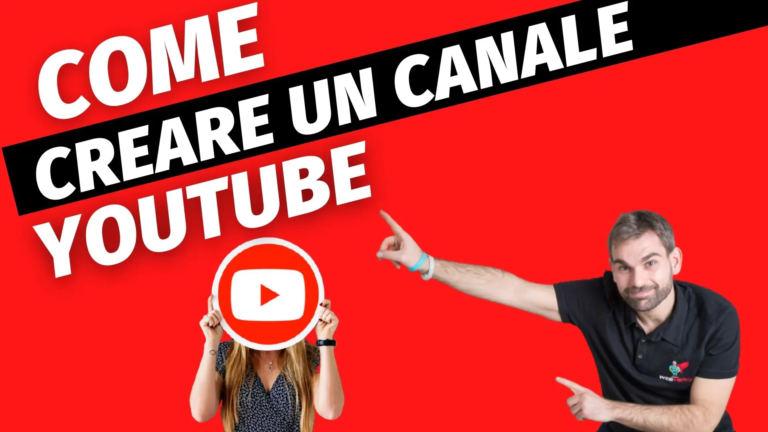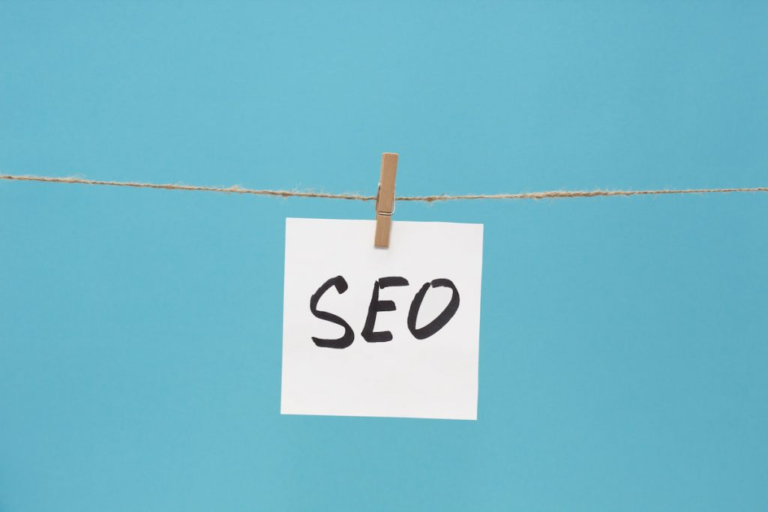
An ecommerce, to prove to be a profitable investment, needs to be promoted with appropriate marketing strategies.
Cross-selling and up-selling are of paramount importance in ecommerce promotion, as they allow the brand’s customer base to be enhanced to increase the chances of revenue.
These are very important factors for ecommerce implementers to consider.
What is cross selling?
Cross selling is a marketing technique of offering a buyer to purchase products or services that are complementary to those originally purchased. The purpose is to enhance a business relationship with the customer and increase the customer’s profitability by increasing the variety of goods sold to them.
What is up selling?
Up selling is a marketing practice that aims to steer the customer toward the purchase of products or services of a higher class than those he or she intended to purchase. This is a practice that targets a small percentage of acquired customers who are willing to spend more to have better-performing products that can improve their lives and work to an appreciable degree than would the basic version of the same. It is also estimated that up selling has a much stronger influence on overall sales than is potentially achieved by cross selling.
Therefore, if we have to find ourselves choosing between the two, it is worthwhile to focus first on cross selling.
These are strategies for promoting stores, and in our case ecommerce, and are aimed at individuals who have already purchased from us, therefore already mentally predisposed to purchase, and who having already assayed the quality of the products and services offered have a greater incentive to obtain more.
To be clear, Amazon derives 35 percent of its revenue from upselling and cross selling strategies.
Cross Selling and Upselling Strategies
Customers buy products to meet their needs, but they may not necessarily be aware of all the alternatives available to them. Merchants can apply upselling and cross selling strategies to highlight combinations of products that are more appealing than single ones, and more advanced versions of products than low-end ones, making them more inviting in the eyes of customers.
Thus, these are strategies that aim to improve the buyer’s life by offering him products that more effectively meet his needs, clearly leading him to spend more money than expected.
Difference between upselling and cross-selling
The difference between the two tactics lies in the fact that upselling involves offering more expensive products (because they are of higher value) while cross-selling involves offering products that are complementary to those identified at the outset.
These are popular strategies because they do not involve any special costs (if we exclude the discounts that have to be applied to make the offers more inviting) and that allow marketers to highlight the full range of products available.
Thus we can have, for example, promotions of larger screen sizes that make them more inviting than smaller ones (e.g., leveraging the buyer’s desire to enjoy movies and games with higher quality), or tour packages with more benefits included than the standard versions (to enjoy an even more fulfilling vacation).
An example of cross selling can be the electronic appliance store that, to the customer who has chosen a notebook, also offers a case to carry it around without safe from shock, or the appliance in plain sight with batteries that can be purchased for a small extra charge. An example of up selling is when you aim to suggest that the customer buy a higher-end computer equipped with a superior graphics card and sound compartment for better performance without having to upgrade later.
In this example in the image after buying an Oculus Quest2, Amazon suggests related products to me.

Amazon Example of Cross Selling.
MacDonald’s, for example, offers customers who go to pay to “upgrade” their order to a richer menu for a small surcharge.
How to apply cross selling and upselling for your ecommerce
Start thinking about what kinds of products can be offered in conjunction with others.
An example of cross-selling is Amazon’s strategy, which under selected books recommends others in related genres that those who have bought the ones in question usually buy.
You can divide the products by price ranges so that visitors to an A-level product will be signaled the benefits they will get from buying B-level ones.

A good strategy is to contextualize the difference between the two products and the benefits you get from a higher quality one.
We can add a message such as <> by including the guaranteed better technical performance.
We can then highlight, with a box or pop-up, the availability of more affordable products at a feature or performance level to entice surfers to consider them for purchase.
These are strategies that take root more on the kind of products that are best-selling, reviewed (therefore more popular with the public) and therefore relevant to those to whom they are sold. Upselling can be practiced either naturally (with good observation and planning skills) or automatically through plugins.

If you prefer to work by hand, you should divide your products into categories and for each of them divide them into bands to identify the luxury ones versus the basic ones.
You can determine, for example, which sweaters or pants are luxury versus those of a more ordinary level, and point out why the user may prefer to buy them.
Directly aiming to upsell high-end products will help you increase sales in a short time. To implement these suggestions, if you are unable to do it yourself, you can turn to a web designer who can introduce solutions to highlight products without compromising the navigability of the site.
These are very important introductions to ensure the profitability of your ecommerce, so you need to check that those introduced do not hinder those who have to navigate the portal.
You can also rely on data from Google Analytics to ascertain which product pages are receiving the most visits, and identify the most appropriate high-end products related to them to denote.
If you are interested in ecommerce strategies, don’t miss the article on the bait effect in marketing.










+ There are no comments
Add yours